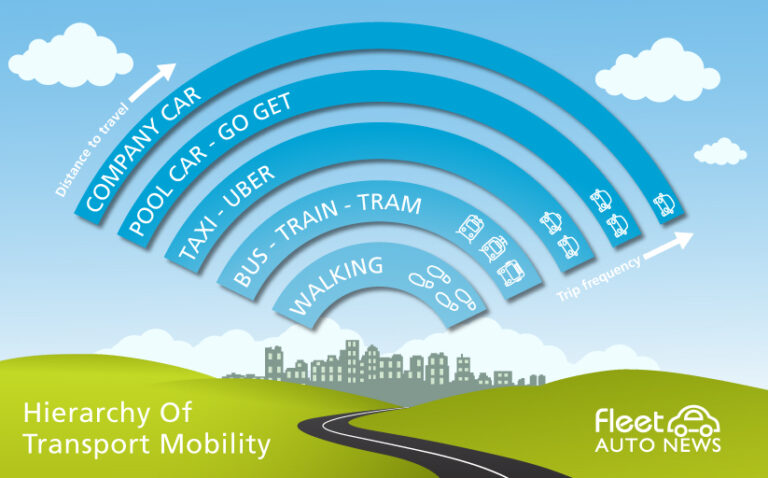A 2012 report from McKinsey & Company called ‘Mobility of the Future’ looked at several aspects of this emerging trend and what it meant to the automotive industry. It suggested car sharing, a new trend at the time, could provide a triple-win situation. The first win was for manufacturers that would continue to sell cars because people using car sharing services were new to the market and are not replacing existing vehicles.
It predicted traffic in cities would remain constant as car sharing increased but smaller cars would create more spaces. And it said as a rule of thumb that every car on a car share fleet replaced three privately owned vehicles providing a second advantage.
And the third benefit was the higher kilometres travelled by car share vehicles meant more frequent replacement cycles, lowering the average fleet age, and reducing C02 emission with more fuel efficient or alternative fuel vehicles.
Technology will help integrate the range of transport options for organisations though it’s also creating more possibilities which makes it’s harder to combine them in one policy as the definition of mobility broadens.
Fleet Auto News has developed a hierarchy of mobility to help start the conversation with fleet managers about what options are possible and which one should be used for each journey.
It’s about a change in people’s mentality as much as a change in organisational culture. Employees need to think about the journeys they take regularly and ask if they are using the most efficient transport option. And if they are only using the company car to travel from home to work, do they really need it?
The hierarchy developed by Fleet Auto News suggests walking and public transport should be considered for short journeys regardless of frequency. For longer infrequent trips a taxi could be the best option. And then car sharing or pool cars for regular long distance travel. A company vehicle should be the last option when the distance travelled each year is high and business utilisation is close to 100%.
The solution that connects all the options together and can provide a holistic cost of transport to an organisation, while optimising the method for each route through a simple user interface, will own the mobility space until competitors catch up.







